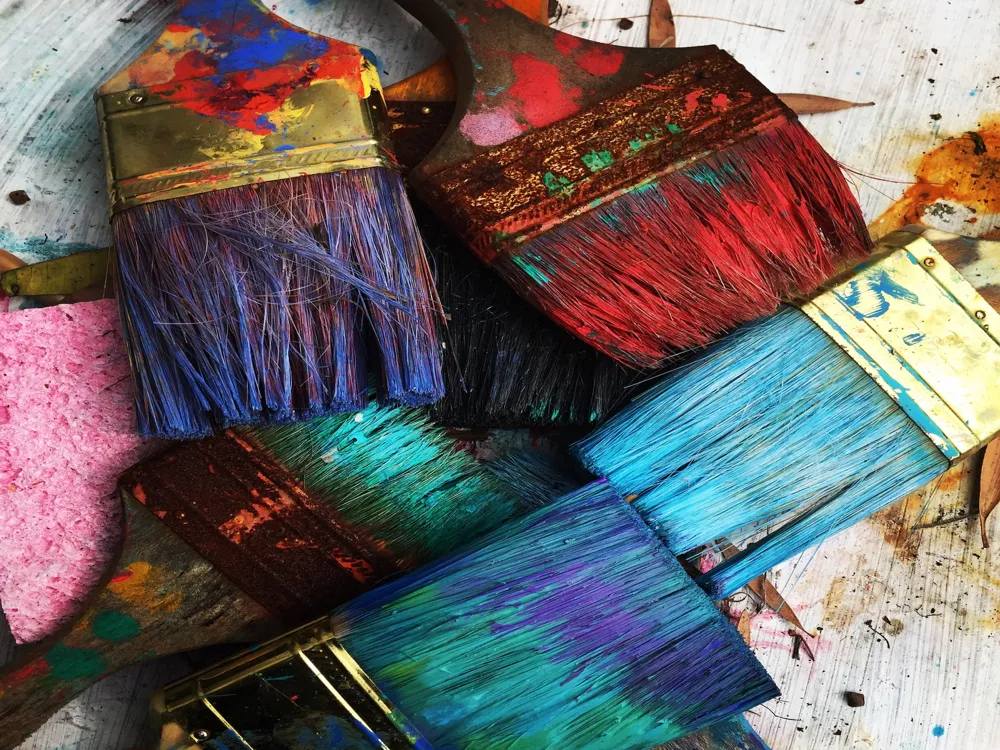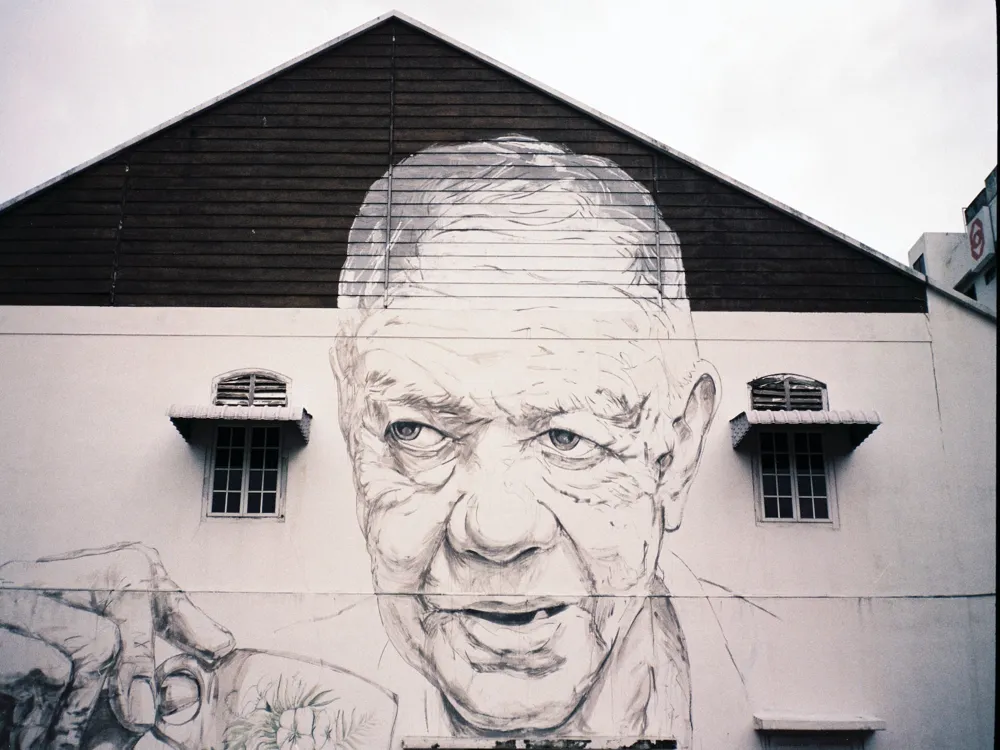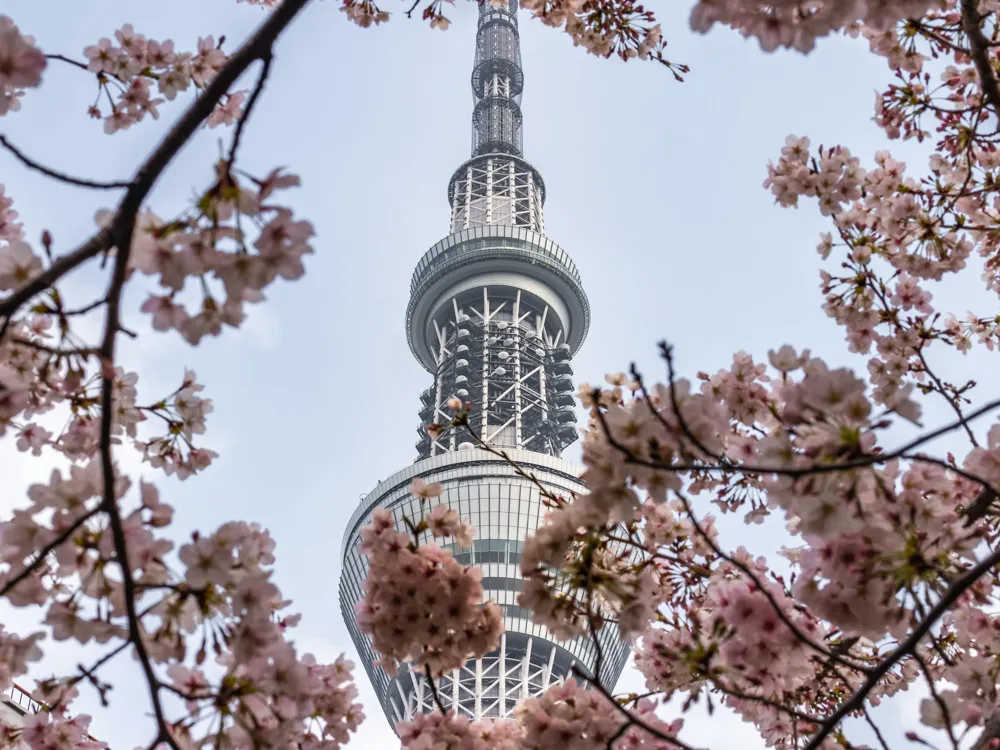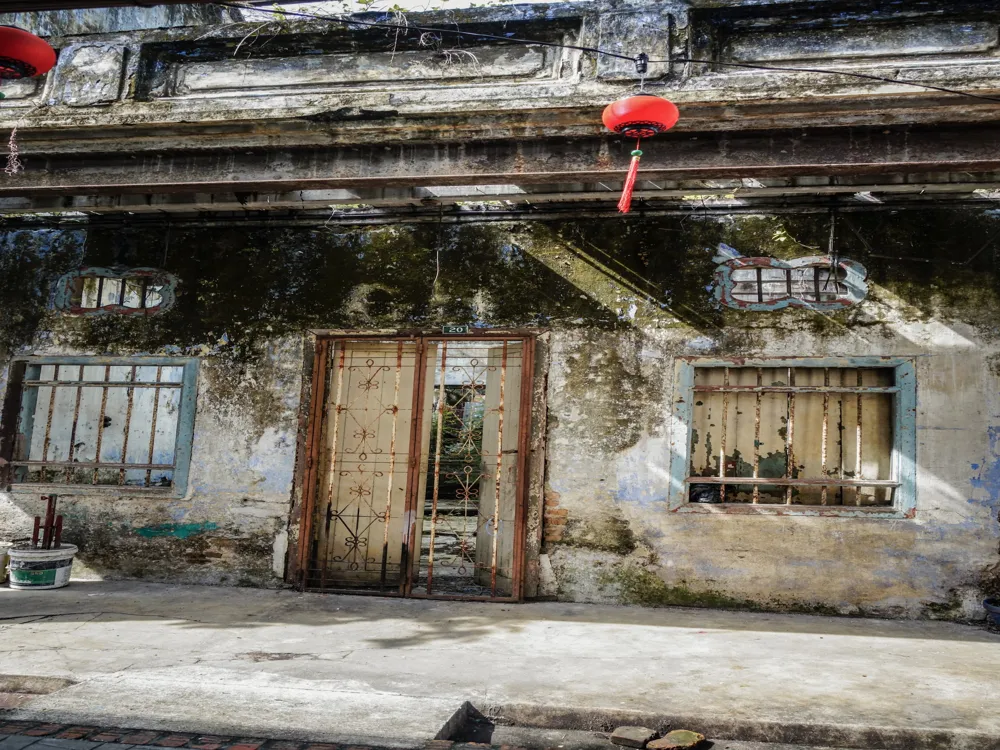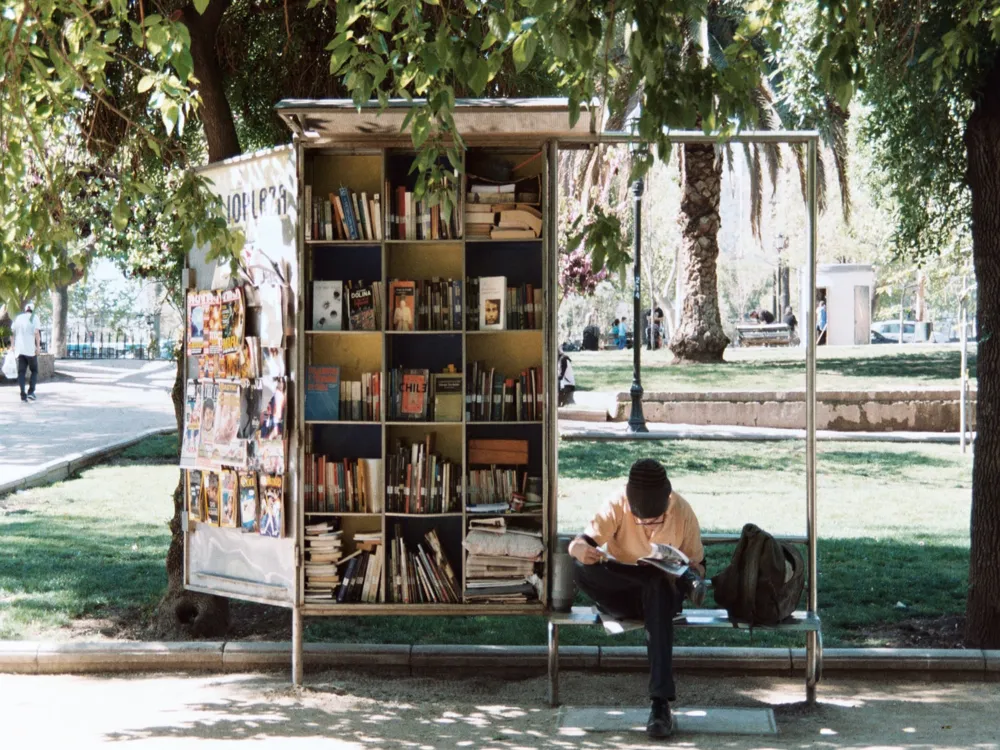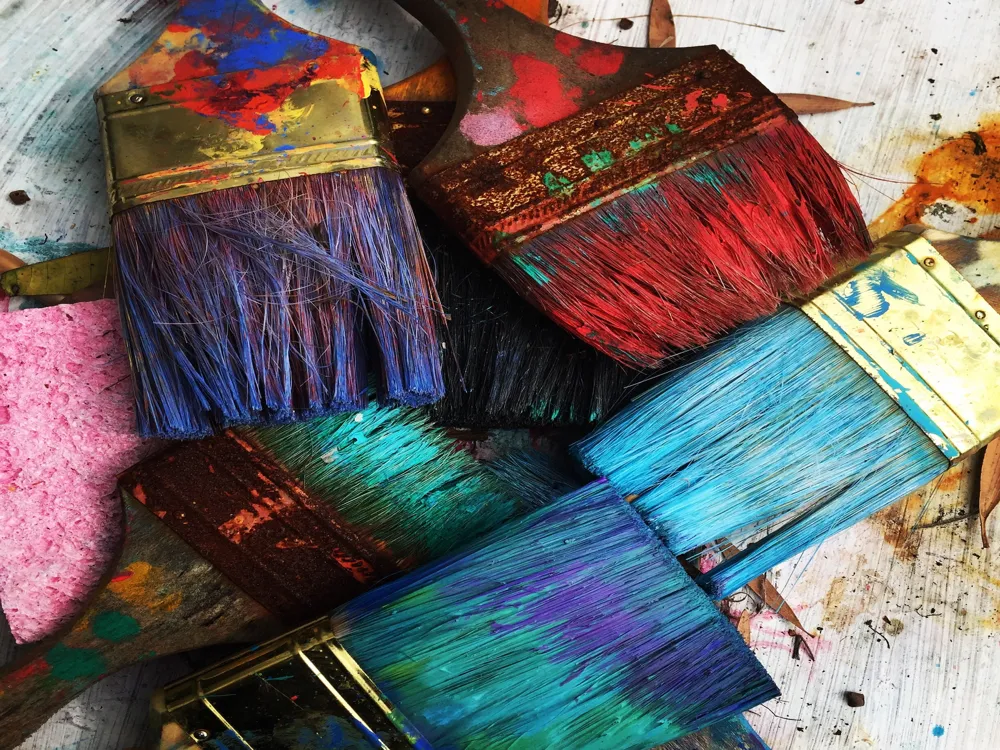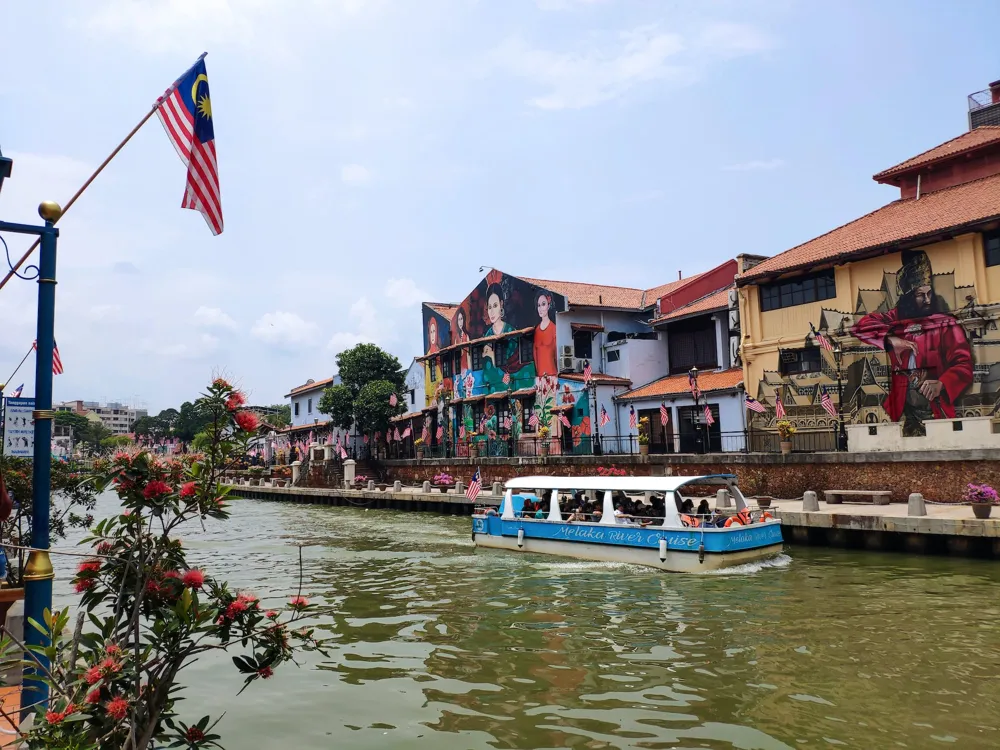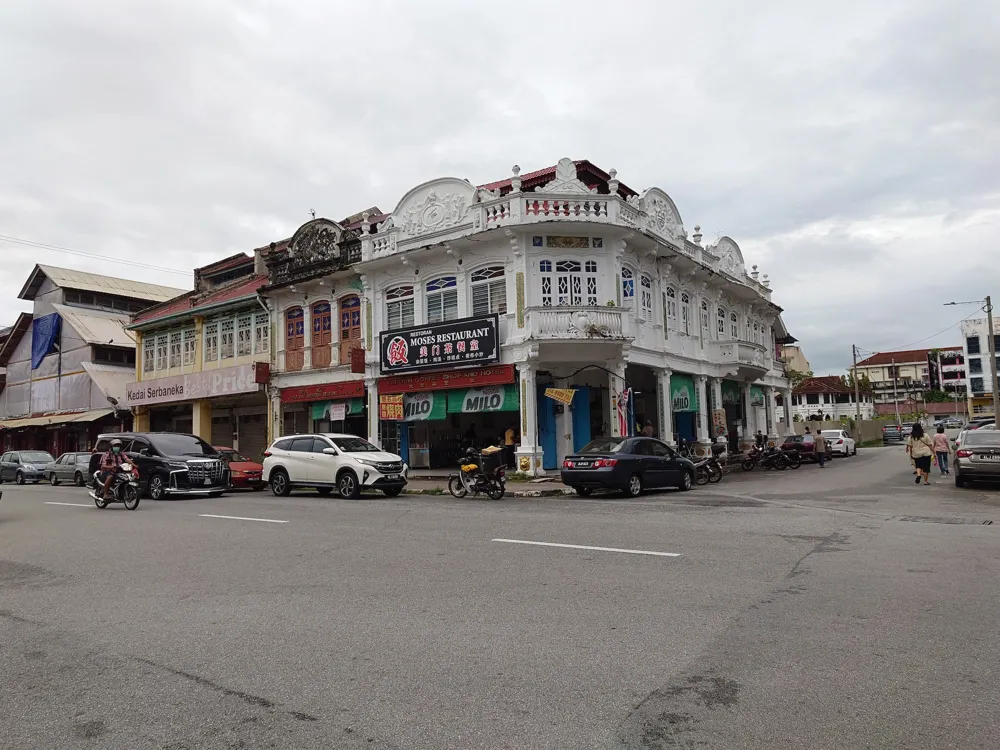Concubine Lane, known locally as 'Lorong Panglima', is a vibrant and historical street nestled in the heart of Ipoh, Perak. This enchanting lane, with a history that dates back to the early 20th century, offers visitors a glimpse into the past, combined with the charm of modern-day Malaysia. Originating during the tin mining boom, Concubine Lane was said to be a gift from a wealthy mining tycoon to his concubine, hence its name. Over the years, it has transformed from a residential area to a bustling tourist hub, characterized by its unique blend of old and new. As you stroll down the lane, you are transported back in time. The street is lined with pre-war buildings, each telling its own story. The architecture is a mix of British colonial and traditional Chinese styles, reflecting the multicultural heritage of Malaysia. These buildings, once the homes of miners and their families, are now rejuvenated into quaint shops, cafes, and souvenir stalls, making Concubine Lane a perfect blend of history and contemporary culture. The lane's revival as a cultural and commercial hotspot is a testament to Ipoh's growing appeal as a tourist destination. What makes Concubine Lane unique is not just its historical significance, but also how it has been reimagined by the local community. Art installations, wall murals, and street art dot the area, bringing a burst of creativity and color to the old walls. This fusion of the old and the new creates a fascinating backdrop, ideal for photography enthusiasts and culture lovers. The architecture of Concubine Lane is a captivating mix of East meets West, a testament to Ipoh's rich cultural tapestry. The lane, predominantly featuring two-story shophouses, exhibits a distinct architectural style that merges British colonial designs with Chinese influences. This blend is evident in the façade of the buildings, where European tiled roofs, wooden shutters, and ornate ironwork coexist harmoniously with Chinese motifs and symbols. The shophouses, constructed mainly during the tin mining era, have a characteristic narrow frontage but extend far back, a design tailored to the tax laws of the time, which were based on street frontage width. This unique layout creates an intriguing depth to the buildings and an intimate atmosphere in the lane. The ground floors of these shophouses typically housed businesses, while the upper floors served as residential spaces. This combination of living and commercial spaces contributed to the lively and communal spirit of Concubine Lane, a trait that continues to this day. As you delve deeper into the architectural aspects of Concubine Lane, you'll notice the intricate details that adorn the buildings. Decorative tiles, carved wooden panels, and wrought iron grilles add a touch of elegance and charm, reflecting the prosperity and artistic preferences of the era. Preservation efforts have ensured that these historical elements are not only maintained but also celebrated, allowing visitors to experience an authentic slice of early 20th-century Malaya. The restoration and conservation efforts in Concubine Lane have been pivotal in maintaining its architectural integrity. These efforts ensure that the historical essence of the lane is preserved, while also adapting the space for contemporary use. The successful blend of preservation and innovation in Concubine Lane serves as a model for urban regeneration, showcasing how historical areas can be revitalized while retaining their cultural and architectural significance. Concubine Lane is most charming in the early morning or late afternoon when the light is soft and the temperatures are cooler. This timing also helps you avoid the midday crowds and enjoy a more leisurely exploration of the area. Don't miss the chance to try local delicacies at the cafes and street food stalls in Concubine Lane. The area is renowned for its traditional Ipoh white coffee, kaya puffs, and an assortment of local snacks. Additionally, the souvenir shops offer a variety of unique gifts and crafts, perfect for taking a piece of Ipoh back home. The lane's vibrant setting and historical backdrop make it an excellent spot for photography. Capture the essence of the old shophouses, street art, and local life. Early morning light provides a softer hue, ideal for photography. While exploring Concubine Lane, it's important to respect the local culture and traditions. Be mindful of residents' privacy when photographing homes and always ask for permission when taking photos of locals. Concubine Lane is easily accessible and well-connected, making it a convenient destination for travelers. If you're coming from Kuala Lumpur, the most common mode of transportation is by train, with the journey taking approximately 2.5 hours to reach Ipoh. Once in Ipoh, you can opt for a short taxi or bus ride to the Old Town, where Concubine Lane is located. For those driving, Ipoh is about a 3-hour drive from Kuala Lumpur, and parking is available in the vicinity of the Old Town. Alternatively, if you prefer a more scenic route, renting a bicycle or walking through Ipoh's charming streets is a delightful way to reach Concubine Lane, allowing you to fully immerse yourself in the city's ambiance. Read More:Overview of Concubine Lane in Ipoh, Perak
Architectural Significance of Concubine Lane
Tips When Visiting Concubine Lane
Best Time to Visit
Local Cuisine and Shopping
Photography Tips
Respecting Local Culture
How To Reach Concubine Lane
Concubine Lane
Ipoh
Perak
NaN onwards
View ipoh Packages
Ipoh Travel Packages
View All Packages For Ipoh
Top Hotel Collections for Ipoh

Private Pool

Luxury Hotels

5-Star Hotels

Pet Friendly
Top Hotels Near Ipoh
Other Top Ranking Places In Ipoh
View All Places To Visit In ipoh
View ipoh Packages
Ipoh Travel Packages
View All Packages For Ipoh
Top Hotel Collections for Ipoh

Private Pool

Luxury Hotels

5-Star Hotels

Pet Friendly







